Taking the beauty of nature and putting it down on paper has been the quest of many artists throughout history. But few have measured up to the detail and colorful technique in the works of John James Audubon. His ability to make feathers, bark, water, and foliage come to life using watercolor is the inspiration for this art lesson plan. Using watercolor pencils, students will gather inspiration from nature and John James Audubon’s work to create images of the natural world.
Historic Art & Science Art Project
This art lesson plan combines a discussion of diversity and adaptation with the work of John James Audubon. The starting conversation with students should include the following topics:
- Research on specific bird species
- Migration patterns
- Physical adaptations for environment and climate
- Physical adaptations for diet
Once students have chosen a specific bird species and completed research on John James Audubon, they will collect images of the chosen bird and its environment to use as inspiration. Next, they’ll create several thumbnail sketches of the different angles and layouts for the image of the bird in its environment.
Using watercolor pencils, students will sketch the details of the bird and build up layers of color for added depth. The focus should be on the details that make the bird unique and the light sources that create shadows on the bird and its environment.
View the Lesson Plan: Historic Lesson of Art & Science
Tips for Added Detail and Realism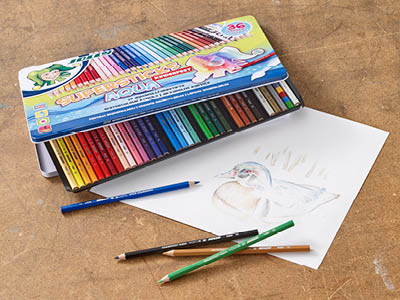
Watercolor pencils are unique because they do not have wax, allowing for layering color and shading without a buildup. Here are some tips for students looking to achieve a high level of detail in their John James Audubon-inspired art project:
- Start with a light sketch, only filling in larger colored areas with a light shade at first. The second and third layers of shading will allow students to create shadows carefully.
- The white background of the board adds to the depth and dimensional effects when colors are layers to create shadows. Don’t be afraid to leave white space!
- Consider how the different colors layer on top of each other to create a new color or effect. For example, the chosen bird may have brown feathers, but the addition of a little red under the base of the brown could add warmth to the brown.
More Nature Art Lesson Plans
The watercolor pencils and art pad work together to make the details for the John James Audubon-style artwork come to life. If you’re looking for more ways to explore art inspired by the natural world, check out these other art lesson plans:
Share Your Star Students’ Artwork
We love student art! Give your star students an opportunity to shine by submitting their artwork to be considered as a featured artist! The monthly winner receives a $250 gift certificate for both them and the teacher who inspired them. Original artwork from students of all grade levels is eligible, and the online submission process is simple.

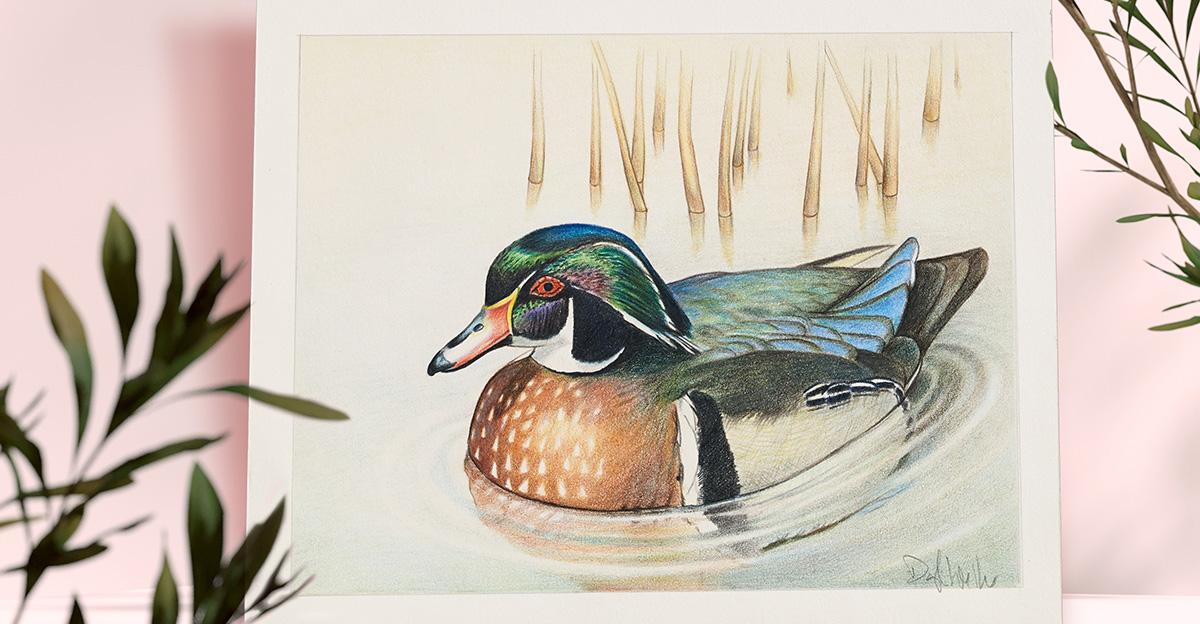
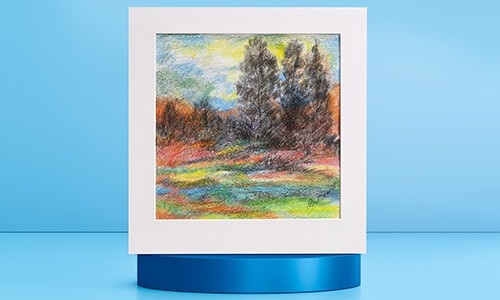
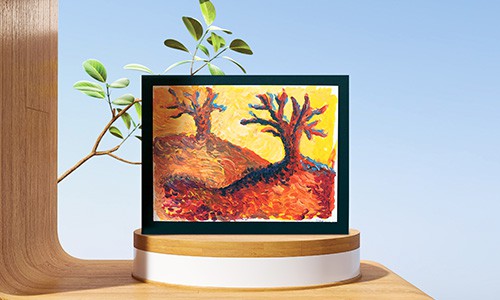
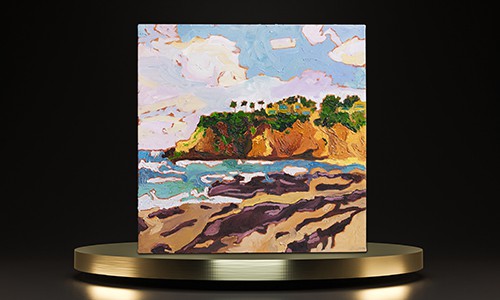
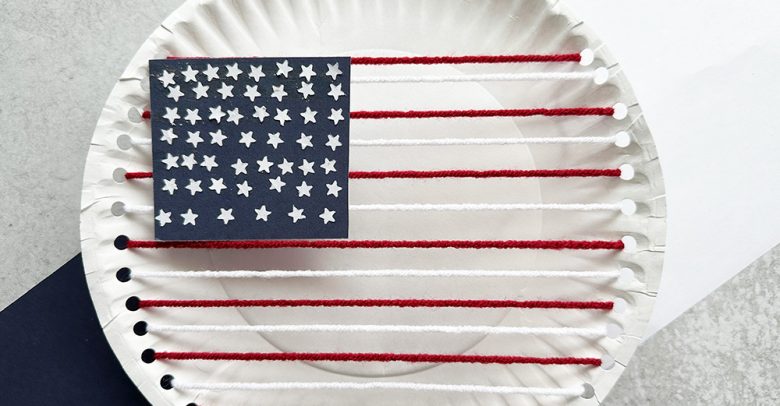

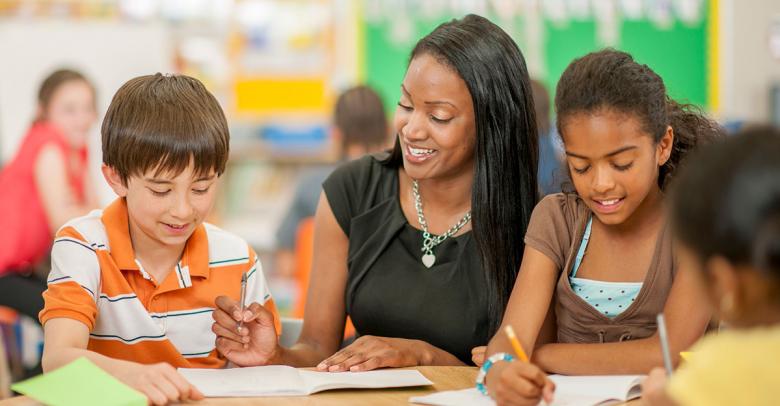
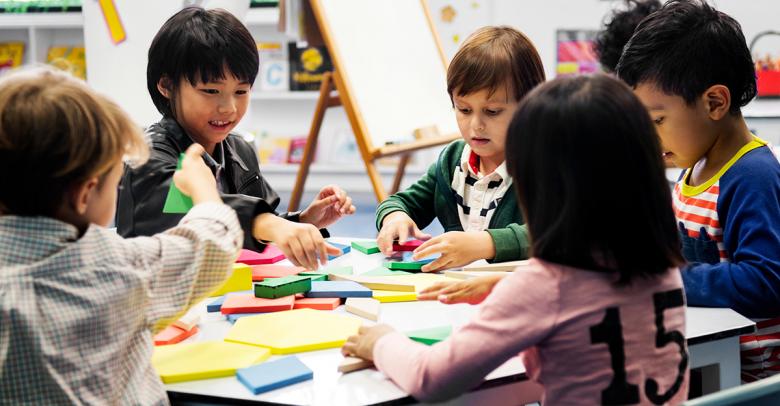
Leave a Reply